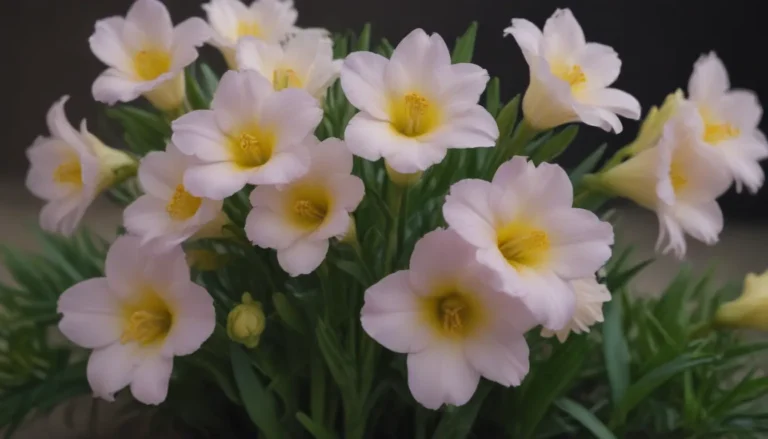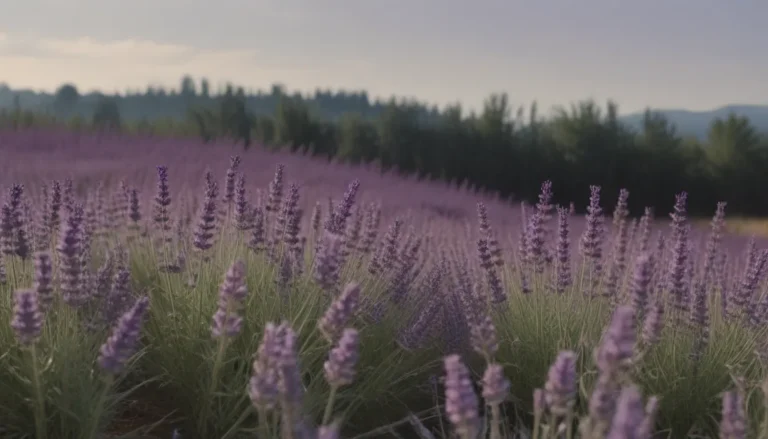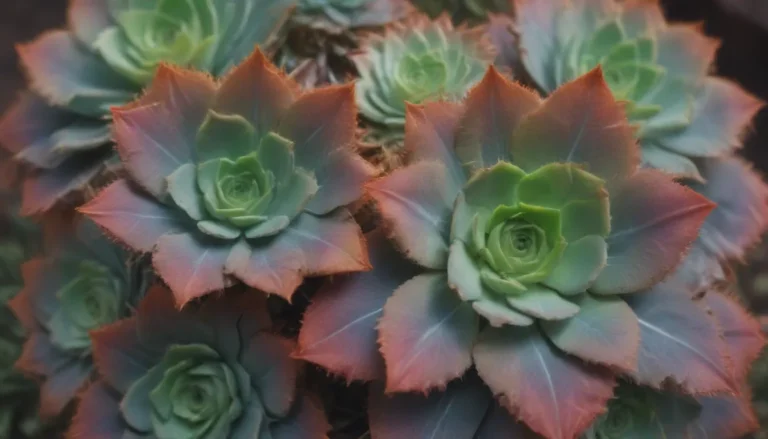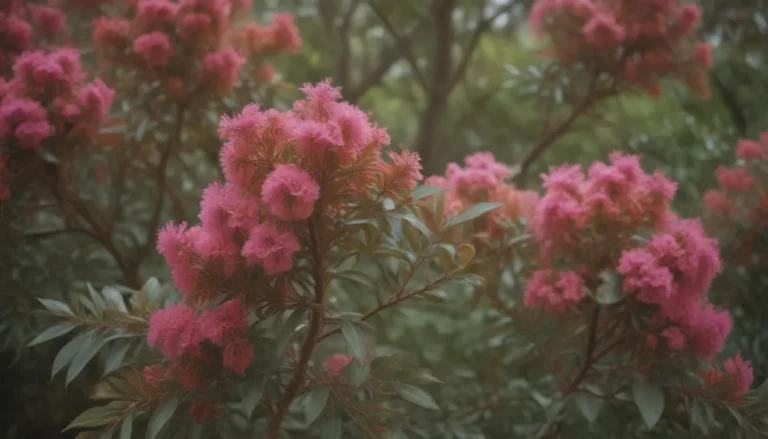Comprehensive Guide to Growing and Caring for Kimberley Queen Ferns
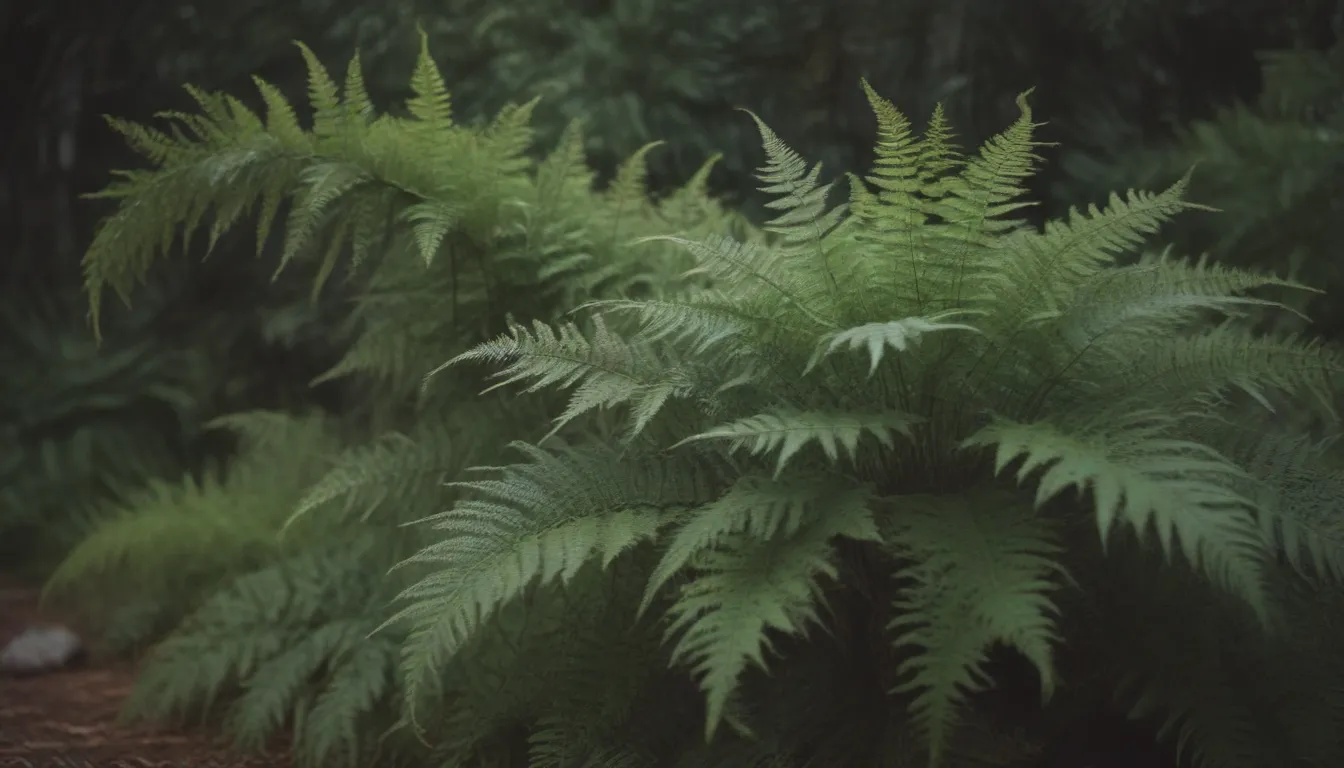
If you are looking for a beautiful and low-maintenance plant to add to your indoor or outdoor garden, the Kimberley queen fern is an excellent choice. Known for its large, gracefully arching fronds and bushy growth habit, this fern is a versatile plant that can thrive both indoors and outdoors. In this in-depth guide, we will explore everything you need to know about growing and caring for Kimberley queen ferns to ensure they flourish in your space.
Kimberley Queen Fern: An Introduction
The Kimberley queen fern, scientifically known as Nephrolepis obliterata, is a native Australian species named after the Kimberley region in Australia. Its common name, “sword fern,” is derived from the shape of its sword-like fronds. Whether you choose to grow it outdoors in a warm climate, as a container plant that is overwintered indoors, or as an indoor houseplant, the Kimberley queen fern is a stunning addition to any garden.
Key Characteristics of Kimberley Queen Ferns:
- Large, gracefully arching fronds
- Upright, bushy growth habit
- Quick growth rate
- Indigenous Australian species
Kimberley Queen Fern Care Tips
Growing and caring for Kimberley queen ferns is relatively easy as long as you keep a few key care requirements in mind. Here are some essential tips to help your fern thrive:
Light
- Kimberley queen ferns thrive in partial sun to low-light conditions.
- When grown indoors, place them next to a bright window with indirect light.
- Avoid harsh, direct sunlight to prevent frond burnout.
Soil
- Use a rich, moist, well-draining soil mix for Kimberley queen ferns.
- A standard potting mix with added peat for drainage is ideal.
Water
- Keep the soil consistently moist but well-drained.
- Water deeply when the top 1 to 2 inches of soil are dry.
- Be cautious with hard water, as these ferns can be sensitive to salt, fluorine, or chlorine.
Temperature and Humidity
- Maintain temperatures between 60 and 70 degrees Fahrenheit.
- Protect ferns from frost and cold drafts.
- Provide abundant humidity to keep fronds from becoming dry and crispy.
Fertilizer
- Fertilize with a balanced liquid fertilizer monthly during the active growing season (spring and summer).
Pruning Kimberley Queen Ferns
Regular pruning is not necessary for Kimberley queen ferns, but it can help maintain the plant’s health and appearance. Here are some tips for pruning your fern:
- Trim browning, dead, or damaged fronds in spring and summer.
- Avoid cutting healthy green fronds, and limit pruning to no more than 20% of the fronds.
- Sanitize your gardening shears before pruning to prevent disease spread.
Propagating Kimberley Queen Ferns
If you want to expand your collection of Kimberley queen ferns, propagating through division is the best method. Here’s how to propagate your fern:
- Divide the plant in spring or fall before overwintering.
- Sterilize your gardening tools before dividing.
- Mist the newly planted fern daily to keep it hydrated.
Growing Kimberley Queen Ferns From Spores
Growing Kimberley queen ferns from spores can be a rewarding experience. Here’s a step-by-step guide to growing your own fern from spores:
- Look for spores, which appear as small brown dots on the undersides of fronds.
- Plant spores in a suitable growing medium and provide proper care as they develop.
Potting and Repotting Kimberley Queen Ferns
When potting or repotting Kimberley queen ferns, keep these tips in mind to ensure their growth and health:
- Choose a container with drainage holes to prevent waterlogging.
- Avoid fertilizing newly potted ferns for at least a month.
- Repot when roots start to outgrow the container, typically every few years.
Overwintering Kimberley Queen Ferns
To protect your Kimberley queen fern from winter frost, follow these tips for overwintering:
- Bring outdoor ferns indoors before the first frost.
- Place ferns in an area with indirect light and increased humidity.
- Prevent exposure to cold drafts to avoid damage.
Common Pests and Diseases
While Kimberley queen ferns are generally hardy, they can be susceptible to common pests and diseases when grown as houseplants. Be on the lookout for pests like aphids, mealybugs, spider mites, and fungus gnats, and treat infestations promptly with insecticidal soap.
Common Problems with Kimberley Queen Fern
If you encounter issues with your Kimberley queen fern, here are common problems and solutions to help you address them:
Leaf Tips are Browning
- Adjust watering schedule and humidity levels.
- Use a pebble tray or humidifier to increase humidity around the plant.
Growth is Leggy
- Ensure the fern receives adequate indirect light.
- Move the plant to a brighter location to encourage fuller growth.
Leaves are Turning Yellow
- Check soil drainage and adjust watering if needed.
- Address any nutrient deficiencies through proper fertilization.
In conclusion, Kimberley queen ferns are stunning plants that can thrive both indoors and outdoors with the right care and attention. By following the tips and guidelines outlined in this comprehensive guide, you can enjoy the beauty of these ferns in your garden or home for years to come. Happy growing!

